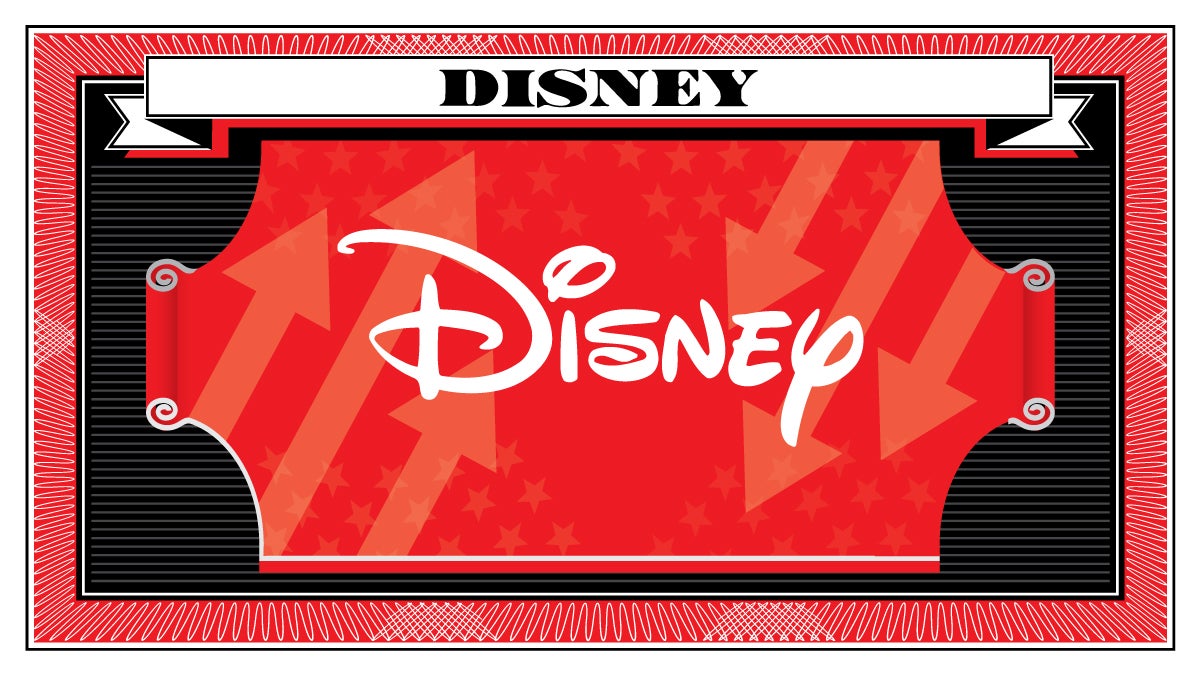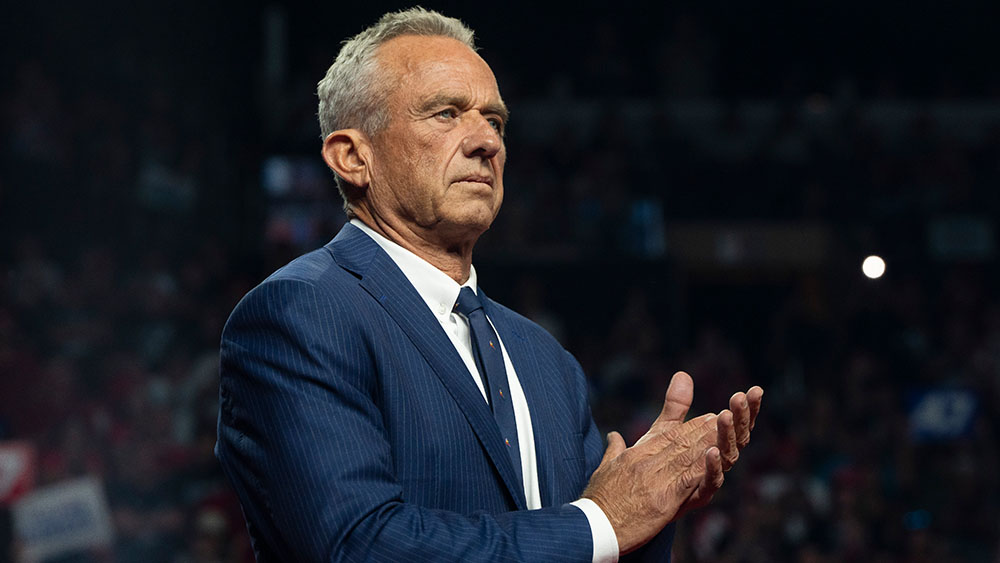Disney+ and Hulu Swing to Combined Profit of $293 Million in Q1
Despite the continued improvements in streaming profitability, Disney+ shed 700,000 subscribers during the quarter The post Disney+ and Hulu Swing to Combined Profit of $293 Million in Q1 appeared first on TheWrap.

Disney posted a 35% increase in earnings per share and 5% increase in total revenue in its first quarter of 2025, boosted by strong box-office performance led by “Moana 2,” which has topped $1 billion globally, and continued improvements in streaming profitability at Disney+ and Hulu.
But the quarter’s results were weighed down by a loss of 700,000 subscribers at Disney+, lower operating income at the company’s international entertainment linear networks, domestic ESPN and domestic theme parks, and a 90% decline in revenue in its Star India business.
Here are the top-line results:
Net income: $2.6 billion, compared to $1.9 billion a year ago.
Earnings Per Share: Diluted earnings per share grew 35% to $1.40, compared to $1.04 a year ago. Excluding certain items, EPS grew 44% to $1.76, compared to $1.22 a year ago and $1.44 expected by analysts surveyed by Zacks Investment Research.
Revenue: $24.69 billion, up 5% from $23.5 billion a year ago. Analysts surveyed by Zacks Investment Research expected revenue of $24.7 billion.
Operating Income: $5.1 billion, up 31% compared to $3.9 billion a year ago.
Disney+ subscribers: Disney shed 700,000 Disney+ subscribers during the quarter, for a total of 124.6 million, down 1% from the previous quarter.
“Our results this quarter demonstrate Disney’s creative and financial strength as we advanced the strategic initiatives set in motion over the past two years,” Disney CEO Bob Iger said in a statement, adding that the company remains confident in its strategy for continued growth.
Disney also reaffirmed its previous guidance for fiscal 2025.
Disney Entertainment
Disney’s Entertainment segment, which includes Disney+, Hulu and the company’s entertainment linear networks, saw revenue grow 9% year over year to $10.9 billion and operating profit surge 95% to $1.7 billion. The increase in Entertainment operating income was driven by improved results in content sales, licensing and direct-to-consumer, partially offset by a decrease at its linear networks.
The Entertainment DTC division saw revenue grow 6% to $6.07 billion and swung to an operating profit of $293 million, compared to an operating loss of $138 million a year go.
The improvement in operating income was driven by subscription revenue growth from price increases, higher technology and distribution costs, higher subscriber-based programming fees at Hulu + Live TV due to rate increases, lower sports programming costs at Disney+ and lower advertising revenue at Disney+ Hotstar that was offset by higher ad revenue at Disney+ core and Hulu.
Linear networks revenue fell 7% year over year to $2.62 billion and operating profit tumbled 11% to $1.1 billion. Domestic linear revenues and operating income were flat year over year at $2.2 billion and $837 million, respectively.
Operating income was flat due to an increase in programming and production costs, a decrease in affiliate revenue due to fewer subscribers, lower technology costs and higher advertising revenue due to more political advertising at its owned TV stations, partially offset by fewer impressions due to lower average viewership. International linear networks revenue fell 7% to $2.6 billion, while profits fell 39% to $138 million due to Star India’s $8.5 billion merger with Reliance Industries.
Disney+ domestic subscribers grew 1% quarter over quarter to 56.8 million, while international subscribers fell 2% quarter over quarter to 67.8 million. Disney+ domestic average revenue per user grew 4% to $7.99 due to price increases, while international ARPU grew 6% to $7.19 due to price increases and higher ad revenue. The international figures included Disney+ subscribers in Southeast Asia, who were previously reported under Disney+ Hotstar, which was included in the Star India deal and deconsolidated from the company’s financial results.
Hulu reported 53.6 million total subscribers, with SVOD-only growing 3% to 49 million and Hulu + Live TV flat at 4.6 million subscribers. SVOD-only ARPU was flat at $12.52 due to lower advertising revenue offset by price increases and a higher mix of subscribers to higher priced multi-product offerings, while Hulu + Live TV ARPU grew 4% to $99.22 due to price increases.
In January, Disney revealed it would acquire a 70% controlling stake in Fubo. If approved by shareholders and regulators, Fubo will merge with Disney’s Hulu + Live TV offering to create the second largest virtual multichannel video programming distributor (vMVPD) behind YouTube TV and the sixth largest pay TV operator, with 6.2 million subscribers in North America.
Fubo will remain available as a standalone offering and continue to be publicly traded. Through an amended carriage agreement, it will also offer a new sports and broadcast service that includes content from ABC, ESPN, ESPN2, ESPNU, SECN, ACCN, ESPNEWS and ESPN+. This is partly in lieu of the mega-sports streamer Venu Sports, which was scuttled last month.
Content sales, licensing and other revenue grew 34% to $2.18 billion and swung to a profit of $312 million, compared to a loss of $224 million a year ago, driven by higher theatrical distribution results reflecting the strong performance of “Moana 2” in the current quarter — the film has grossed over $1 billion worldwide so far.
The quarter also included “Mufasa: The Lion King,” which has shown legs since its release in December, while the prior-year quarter included the box-office disappointment “The Marvels” and “Wish.”
Disney Sports
Disney’s Sports segment, which includes ESPN, ESPN+ and Star India, swung to a profit of $247 million, compared to a loss of $103 million a year ago, with revenue coming in flat at $4.85 billion.
Linear ESPN saw revenue grow 8% to $4.81 billion, including a 9% increase to $4.42 billion domestically and 7% increase to $389 million internationally.
Operating profit grew 15% to $228 million, as international ESPN narrowed its losses 95% to $3 million and domestic fell 9% to a profit of $231 million. The decrease in domestic operating income was due to higher programming and production costs from expanded college football programming rights, higher ad revenue, sub-licensing fees from college football playoff programming rights and comparable affiliate fee revenue to the prior-year quarter, offset by fewer subscribers.
ESPN+ subscribers grew 3% from the previous quarter to 25.6 million, while ARPU for the service grew 7% to $6.36 due to price increases and higher ad revenue.
An ESPN tile launched on Disney+ in December. Additionally, ESPN’s upcoming direct-to-consumer service, internally codenamed Flagship, will be available in Disney+ and within the ESPN app in early fall 2025. The in-app experience for Flagship will package the network’s sports programming with fantasy sports integrations, enhanced statistics, betting features and e-commerce.
Star India revenue fell 90% to $39 million, though it swung to an operating profit of $9 million, compared to a loss of $315 million a year ago, reflecting no significant cricket events that aired in the current quarter, compared to the ICC Cricket World Cup last year. Disney recorded a $143 million loss in connection with the Star India-Reliance deal during the quarter.
Disney Experiences
Disney’s Experiences segment, which includes its theme parks, hotels, Disney Cruise Line and consumer products, saw revenue grow 3% year over year to $9.42 billion. Domestic parks and experiences revenue grew 2% to $6.43 billion, while international revenue grew 12% to $1.65 billion.
Operating income for the segment came in flat at $3.1 billion, which included a roughly $120 million impact from Hurricanes Milton and Helene and a $75 million impact from the launch of the Disney Treasure cruise ship. Domestic operating income fell 5% to $1.98 billion due to the hurricanes, higher costs at Disney Cruise Line, inflation, lower attendance and increased guest spending, while international operating income jumped 28% to $420 million due to guest spending growth, higher attendance and an increase in costs primarily from new offerings.
Consumer products revenue grew 3% to $1.34 billion, while operating income grew 1% to $708 million.
2025 Outlook
Looking ahead, Disney reiterated its previous guidance of high-single digit adjusted EPS growth in fiscal year 2025 and approximately $15 billion in cash provided by operations.
The Entertainment segment is projected to see double-digit percentage growth in operating income, with an $875 million increase in DTC profit. The Sports segment will see 13% growth in operating income, while the Experiences segment will see 6% to 8% operating growth and roughly 200 million in pre-opening expenses from Disney Cruise Line.
The India business will contribute $73 million to entertainment operating income and $9 million to sports operating income, compared to a $254 million profit and $636 million loss in the prior year period, respectively. Disney expects a roughly $300 million equity loss from the joint venture for the full year due to the impact of purchase accounting.
For the second quarter, Disney anticipates a modest decline in Disney+ subscribers, a $100 million adverse impact to sports operating income from college sports and one additional NFL game, and about $50 million from exiting Venu Sports. It also expects $40 million in Disney Cruise Line pre-opening expenses.
The post Disney+ and Hulu Swing to Combined Profit of $293 Million in Q1 appeared first on TheWrap.
































































![‘Sunfish (& Other Stories on Green Lake)’ Review: Sierra Falconer Chronicles The Everyday Humanity In A Breezy Summer Community [Sundance]](https://cdn.theplaylist.net/wp-content/uploads/2025/01/18033951/SunfishAndOtherStoriesFromGreenLake.jpg)







